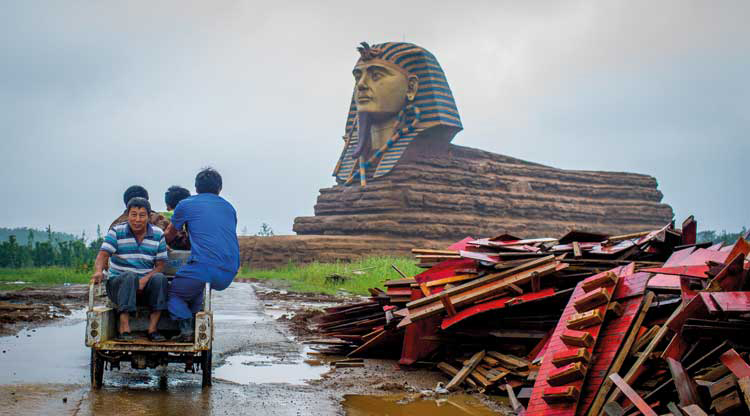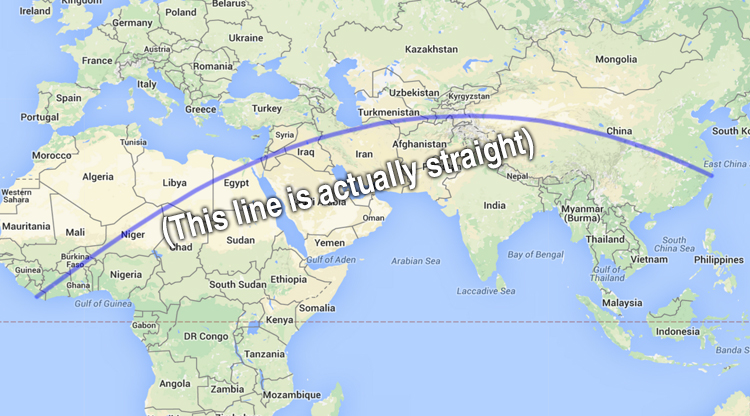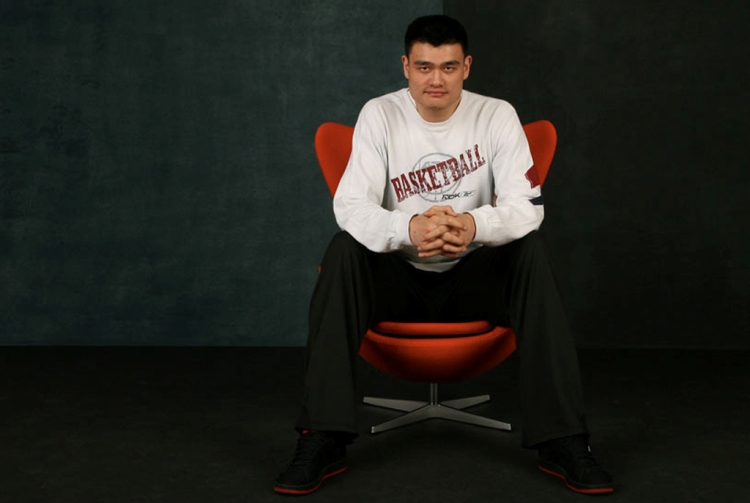Hong Kong has three to four times the level of background radiation as Tokyo, according to Safecast, a non-profit group of citizen scientists, most likely caused by the concrete used in buildings.
Safecast has been gathering data on radiation levels in Japan since 2011’s Fukushima Daiichi nuclear disaster. They drove around Hong Kong several times; using Geiger counters to measure radiation in the city’s most heavily populated areas and found that Hong Kong’s level of background radiation is about 100 counts per minute, three to four times higher than Tokyo’s.
Pieter Franken, a computer scientist and volunteer radiation monitor said that even in a hotel room on the 15th floor, the radiation levels were higher than in most Asian cities. Franken set up the monitoring group Safecast with others as they felt the Japanese government was providing insufficient radiation data.
The Hong Kong Observatory monitors the Daya Bay nuclear power plant to make sure it is not causing radiation levels to rise in the city. But the buildings, development and health bureaus all say checking building radiation levels is not their responsibility.
And that might just be what is causing the high levels of radiation. Franken pointed to the granite used in construction, as research by the Observatory and Polytechnic University in the 90s found concrete used in the city contained radioactive elements, most likely from the granite used as aggregate.
Granite contains minerals with traces of uranium, thorium and radium, all of which give off gamma radiation. There are three types of radiation. External exposure to alpha and beta rays causes only localized damage, like radiation burns, but gamma rays can pass through the body and are thus extremely biologically hazardous.
Radiation is measured in millisieverts, the quantity used per dose. Receiving 1,000mSv in an hour gives you radiation sickness, and 10,000 would cause you to die very unpleasantly in a matter of weeks. The worldwide average yearly dose is 2.4mSv, ranging from 1 to 10 in the countries tested by the UN Scientific Committee on the Effects of Atomic Radiation.
Not to worry though, as Safecast stated that Hong Kong’s yearly background dose is only 2.4mSv, the global average. The Hong Kong Observatory said that, based on its own measurements, the level of background radiation does not pose a threat to human health.
[Image via Flickr]





















0 User Comments